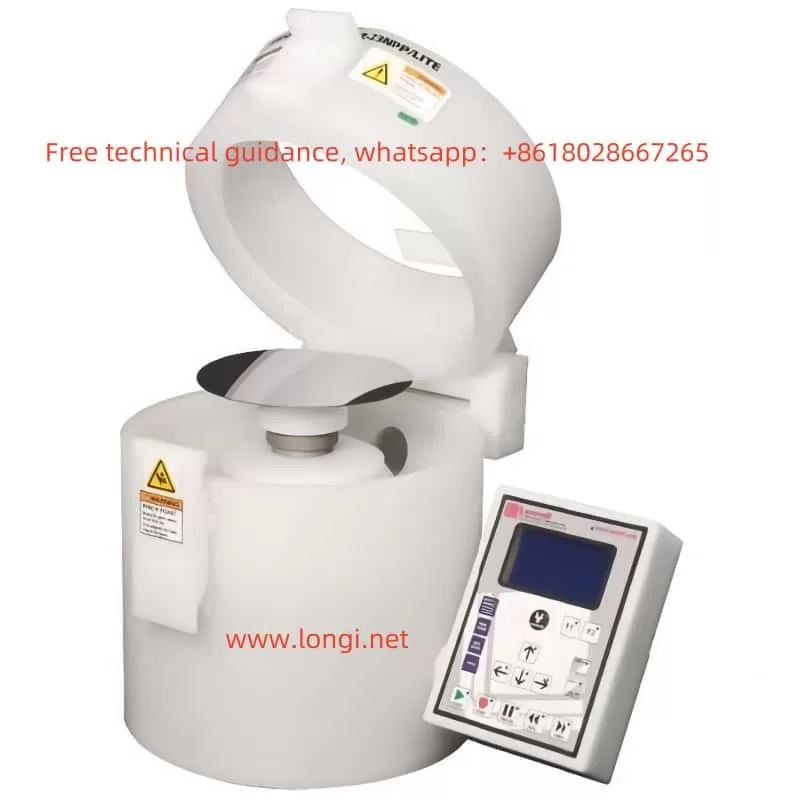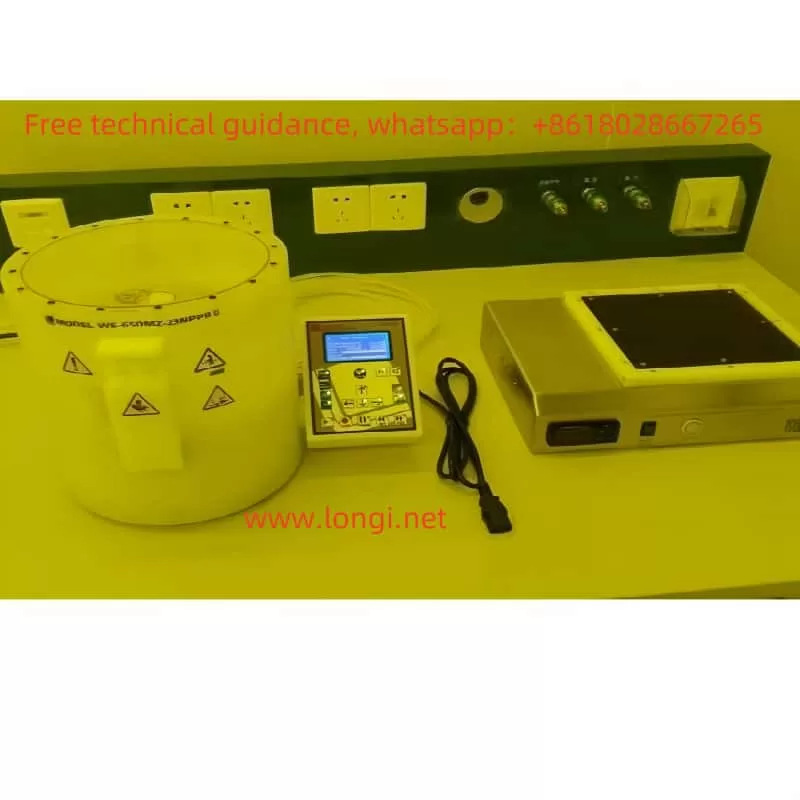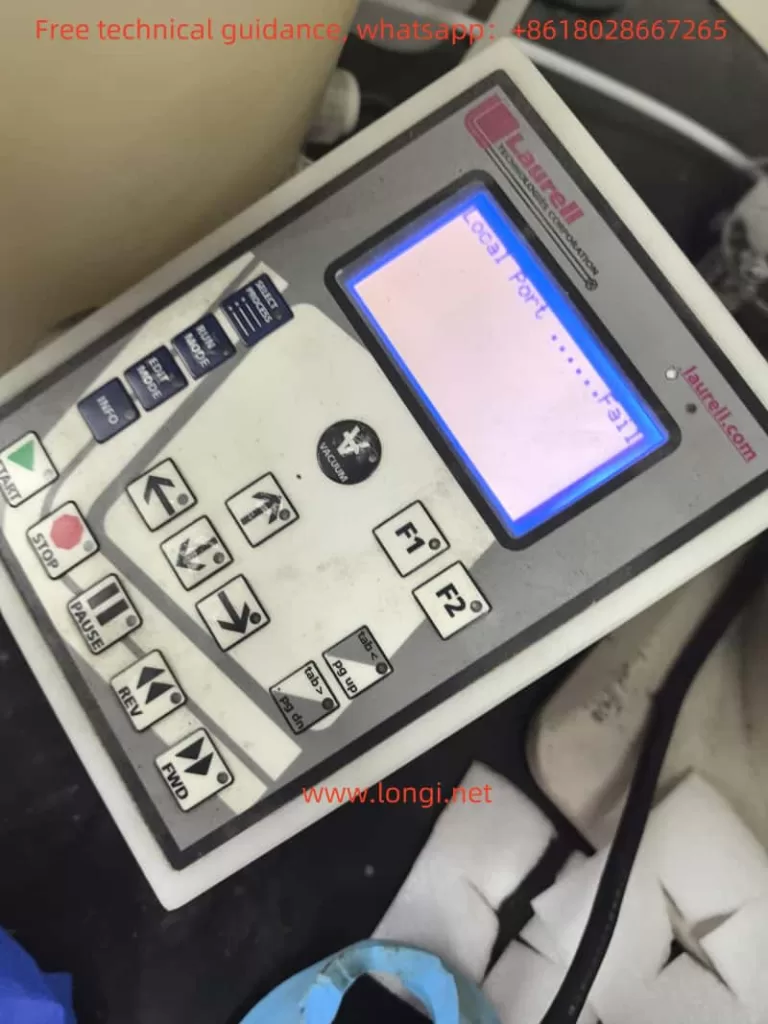Introduction
The Laurell WS-650 Series Spin Coater is a versatile and widely used laboratory instrument designed for the application of uniform thin films on substrates via spin coating. This guide provides an overview of its operating principles, distinctive features, standard procedures, and troubleshooting for common issues, including the “Local Port … Fail” fault message.

1. Operating Principle and Features
1.1 Principle of Operation
Spin coaters utilize centrifugal force to spread a liquid solution uniformly across a substrate. The Laurell WS-650 series, specifically, is equipped with a vacuum chuck to securely hold the substrate while dispensing a liquid solution. Upon rotation, excess material is ejected, leaving a consistent film layer across the substrate’s surface.
1.2 Features
- Speed Range: Adjustable rotation speeds up to 12,000 RPM (model-dependent).
- Substrate Compatibility: Supports substrates up to 6 inches in diameter or custom-sized adapters for fragments and glass slides.
- Programmability: 650 controller allows users to store up to 20 multi-step process recipes.
- Material Adaptability: EPDM or Viton O-rings are available for compatibility with a wide range of chemicals.
- Safety Features: Lid interlocks, vacuum interlocks, and exhaust flow monitoring ensure safe operation.
2. Standard Operating Procedure
2.1 Preparation
- Substrate Selection: Ensure the substrate size is compatible with the selected vacuum chuck.
- O-Ring Check: Inspect the O-ring for damage, ensuring it is clean and seated properly in the groove.
- Vacuum Check: Activate the vacuum and verify a stable reading of approximately 25 mmHg.
- Chemical Dispensing: Apply the chemical solution uniformly onto the substrate.
2.2 Running a Spin Program
- Select Process: Use the keypad to choose a pre-programmed process or create a new program.
- Close Lid: Ensure the lid is closed securely to engage safety interlocks.
- Start Process: Press “Start” to begin spinning. Monitor the LCD for real-time feedback.
- Completion: Once the process ends, wait for the “Done” message before removing the substrate.
- Clean Up: Follow cleaning guidelines to avoid contamination or chemical damage to the equipment.
2.3 Maintenance Tips
- Regularly clean the chuck, O-rings, and process bowl using appropriate solvents.
- Replace worn or damaged parts promptly to ensure consistent performance.

3. “Local Port … Fail” Fault: Analysis and Solution
3.1 Fault Meaning
The “Local Port … Fail” error typically indicates a communication issue between the spin coater’s controller and its internal or external communication ports. Possible causes include:
- Faulty or disconnected internal communication cables.
- Damaged or malfunctioning controller hardware.
- Software or firmware corruption.
- External interference, such as a connected device causing a communication conflict.
3.2 Troubleshooting Steps
- Power Cycle: Restart the system by turning it off and waiting 30 seconds before turning it back on.
- Check Connections:
- Ensure all internal cables are securely connected.
- If external devices are connected, disconnect them and attempt to restart.
- Firmware Reset:
- Access the controller’s reset options via the keypad.
- If the error persists, consult the user manual or contact Laurell technical support for firmware updates.
- Inspect Controller Board:
- Open the enclosure to inspect the controller board for visible damage (if trained and authorized).
- Replace damaged components if necessary.
- Contact Support: If unresolved, contact Laurell’s technical support for advanced diagnostics.

4. Other Common Faults and Solutions
4.1 Vacuum-Related Issues
- Low Vacuum: Ensure the substrate fully covers the O-ring, and verify the vacuum source is operational.
- Vacuum Leaks: Inspect O-rings and replace if damaged. Check for contamination in the vacuum path.
4.2 Lid Interlock Error
- Ensure the lid is fully closed and properly aligned with interlock sensors.
4.3 Exhaust Flow Fault
- Verify exhaust flow meets system requirements (refer to manual). Clear any obstructions in the exhaust path.
4.4 Motor Overheating
- Allow the motor to cool if thermal protection is triggered. Verify proper ventilation around the system.
4.5 Program Errors
- Edit or recreate the process program if unexpected behavior occurs. Ensure valid parameters are set for each step.
5. Best Practices for Safe and Efficient Operation
- Always wear appropriate personal protective equipment (PPE) when handling hazardous chemicals.
- Store and handle chemicals in accordance with safety data sheets (SDS).
- Follow manufacturer-recommended maintenance schedules to avoid unexpected downtime.
- Train all operators thoroughly on the use and maintenance of the Laurell WS-650 spin coater.
Conclusion
The Laurell WS-650 Series Spin Coater is a robust and reliable tool when operated and maintained properly. Understanding its principles, adhering to operating procedures, and following recommended troubleshooting steps will maximize its efficiency and lifespan. For persistent or complex issues, Laurell’s technical support is available to assist users in maintaining optimal performance.
